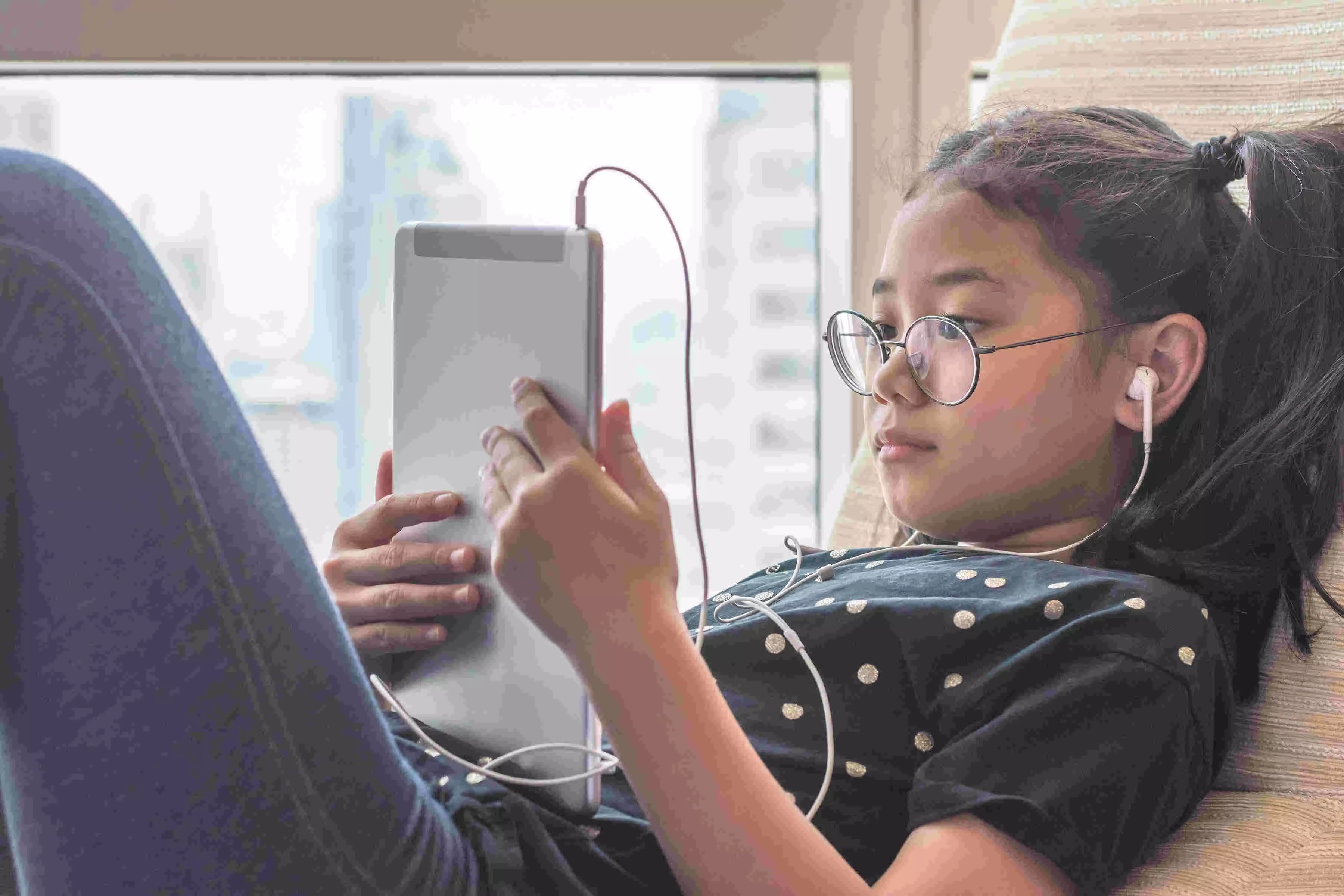New Vision Training Method Shows Promise in Slowing Myopia Progression in Children: JAMA

In a notable study conducted across three hospitals, researchers have discovered a potentially game-changing approach to combatting the alarming rise of myopia in children. The findings, published in a recent issue of JAMA Pediatrics, highlight the efficacy and safety of a novel vision training technique known as naked-eye 3-dimensional vision training (NVT). Researchers found that naked-eye 3-dimensional vision training (NVT) is safe and hopeful in preventing pediatric myopia progression.
Myopia, commonly known as nearsightedness, has become a growing concern globally, particularly with its early onset in childhood. The condition, characterized by difficulty seeing distant objects clearly, poses significant risks when left unchecked, including the development of high myopia, which can lead to irreversible retinal damage and even loss of central vision. To address this pressing issue, the research team embarked on a randomized clinical trial involving children aged 6 to 18 years diagnosed with myopia within a certain range of severity.
Over the course of the study, which spanned from May 2022 to February 2023, participants were divided into two groups: one receiving daily 20-minute sessions of NVT and the other continuing with their usual activities without any vision training. The primary goal of the study was to assess whether NVT could effectively halt the progression of myopia, as measured by changes in axial length—a key indicator of eye elongation associated with myopia—over a period of six months. Secondary outcomes included evaluating changes in spherical equivalent refraction (SER), another crucial measure of visual impairment.
Findings:
- Remarkably, the results revealed a significant difference between the two groups.
- Children who underwent NVT exhibited less change in axial length (0.18 mm) and spherical equivalent refraction (-0.25 D) compared to their counterparts in the control group.
- In contrast, those in the control group experienced greater changes in both axial length (0.23 mm) and spherical equivalent refraction (-0.35 D) over the same period.
- One of the most encouraging aspects of the study was the absence of any adverse reactions related to the NVT treatment during the follow-up period.
This underscores the safety profile of the intervention, further supporting its potential as a viable option for managing myopia in children. While the results are promising, researchers acknowledge the need for further investigation to confirm the long-term benefits and optimal implementation of NVT. Nonetheless, the findings represent a significant step forward in the quest to combat myopia and safeguard children’s eye health. As the prevalence of myopia continues to rise worldwide, with profound implications for public health, innovative approaches like NVT offer hope for stemming its progression and preserving vision for future generations. With continued research and collaboration, the prospect of a world where myopia is no longer a looming threat to children’s eye health grows ever closer.
Further reading: Xie R, Zhao F, Yu J, et al. Naked-Eye 3-Dimensional Vision Training for Myopia Control: A Randomized Clinical Trial. JAMA Pediatr. Published online April 08, 2024. doi:10.1001/jamapediatrics.2024.0578
Facebook Comments





